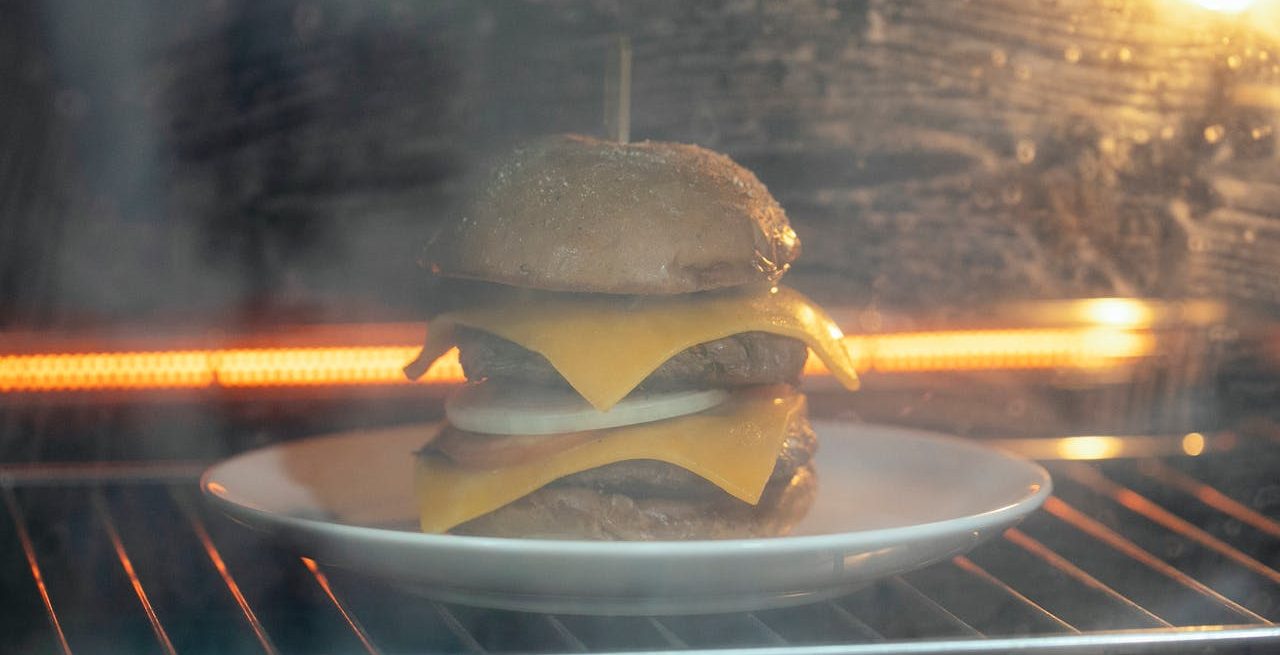How to Take the Heat Off Restaurant Costs
3 Min Read By Drew Holst
Imagine your wait staff getting your restaurant ready for the day when the heat index outside exceeds 100 degrees. The temperature is so oppressive that employees immediately crank up all the air conditioning units. An hour later, when sweltering guests crowd in, your team is too distracted to turn some units down. High electric bills and wasted energy are the last things on their minds. They’re thinking instead about diners’ comfort.
What are the repercussions of that same scenario for a national restaurant brand with hundreds of locations enduring a heat wave simultaneously? During one recent June day, almost 120 million people across multiple states were subject to heat advisories. The cost of powering up restaurants’ air conditioning enterprise-wide—on top of inflation, the high price of staples like meat, and staff salaries—can dilute their financial strength at a time of significant growth. According to the National Restaurant Association, operators’ 2024 sales should exceed $1 trillion.
There are ways for restaurants to maximize that growth despite today’s heavy cost burdens—the secret lies in eliminating waste quickly and at scale.
How? By listening to the “nerve center” of every location—its connected equipment. The data from HVAC systems, ovens, dish machines, refrigerators, freezers, fryers, lighting equipment, and irrigation systems provides incredible insights that save operators tens of millions of dollars over time. Using IoT (Internet of Things) to connect equipment, often supplemented with AI, helps to prevent unnecessary energy use, trim excessive costs, and streamline inefficient processes. This strategy also enables facility managers to automate tasks from their phone that previously had them bleeding money.
Managing Energy
These technologies are increasingly important components of restaurants’ energy management systems—which integrate hardware, software, and data analytics to optimize “energy-intensive” equipment such as HVAC systems, appliances, and lights and drive down related expenses.
For example, one of the major drains on restaurants’ budgets is electricity, which powers up those all-important air conditioners. According to the U.S. Bureau of Labor Statistics’ Consumer Price Index Summary, the electricity index went up 5.9 percent for the 12 months ending in May 2024, highlighting the pressing need for energy management solutions.
IoT, combined with some specialized AI solutions, though, can help restaurants to be more judicious with their air conditioning, especially during times of peak demand on the local grid. This enables them to minimize demand charges for electricity, which are higher than average and can account for more than 50 percent of restaurants’ monthly bills. If restaurants run four rooftop units during the hottest time of the day, the software will determine which can be throttled back, while keeping guests and team members perfectly comfortable. Newer AI-based technologies constantly monitor restaurants’ equipment usage, electric utility signals, market prices, and operational conditions to prescribe the most effective plans. IoT solutions continually adjust schedules and air conditioning set points in response.
Preventing Unnecessary Food Costs and Waste
In addition to preventing excessive energy usage, a connected equipment strategy produces other cost-saving benefits. Consider a quick service restaurant (QSR) brand with a limited-time offer (LTO) on a popular pizza. The 1,000-location brand bases the recipe on a 425-degree cooking temperature, and customers complain about burned crusts. The operators quickly distribute updated settings with a lower temperature to every location using IoT and start increasing their revenue from this high-margin product. They also avoid wasting money on food customers could reject because it was burned—and the costly reputational damage resulting from those incidents.
Driving Down Repair Costs
Every restaurant wants to avoid facing the breakdown of a vital fryer or a soda machine on a Friday afternoon before the weekend rush. At that point, managers have no choice but to do what it takes to stay up and running—even if they’re more likely to pay a premium for parts in short supply (if they can get them), along with the repair crew’s overtime charges. Moreover, rushed repairs may only address the current symptoms rather than the root of the issue that caused the breakdown in the first place. Translation: More expenses are about to hit.
IoT is also helping multi-site restaurant brands preempt these situations by continually monitoring equipment performance indicators, such as oil in the fryers reaching the correct temperature. This ongoing “surveillance” enables them to not only get technicians in for proactive maintenance (which can cost about a third of what reactive repairs might cost) but pinpoint probable causes so technicians bring the right parts the first time and don’t charge for extra truck rolls. The preventative strategy also helps ensure that the equipment will last longer, or at least until an upgraded machine can be ordered and installed.
The bottom line is that restaurant brands are progressing upward despite multiple cost pressures. Connecting their equipment helps them drive margins and capitalize on the growth ahead.


